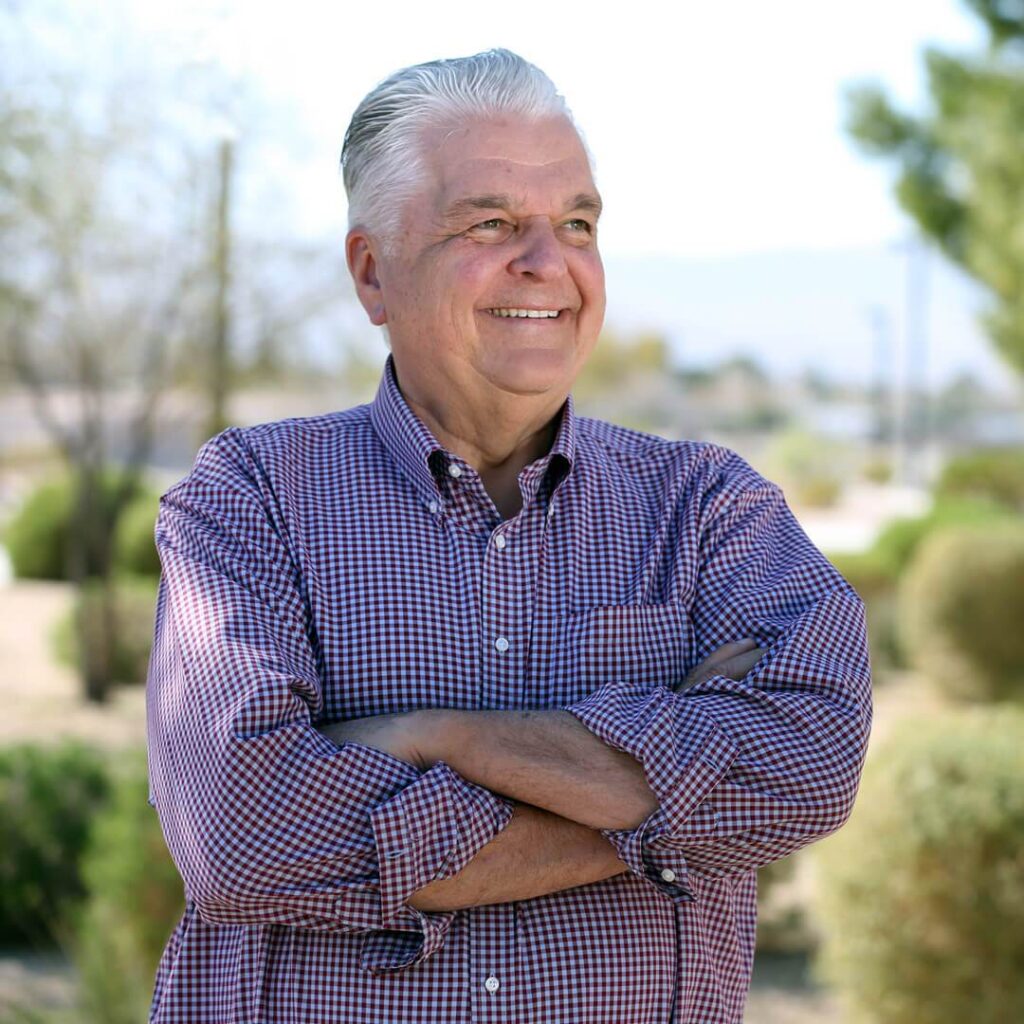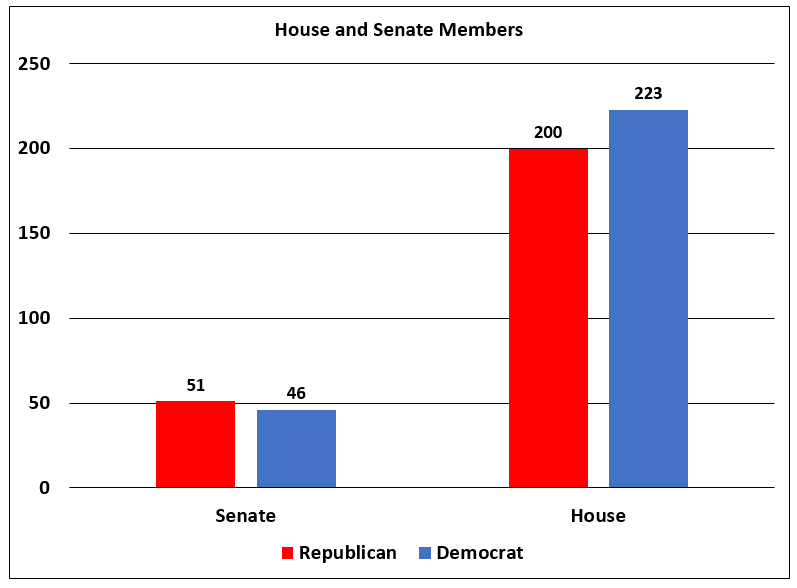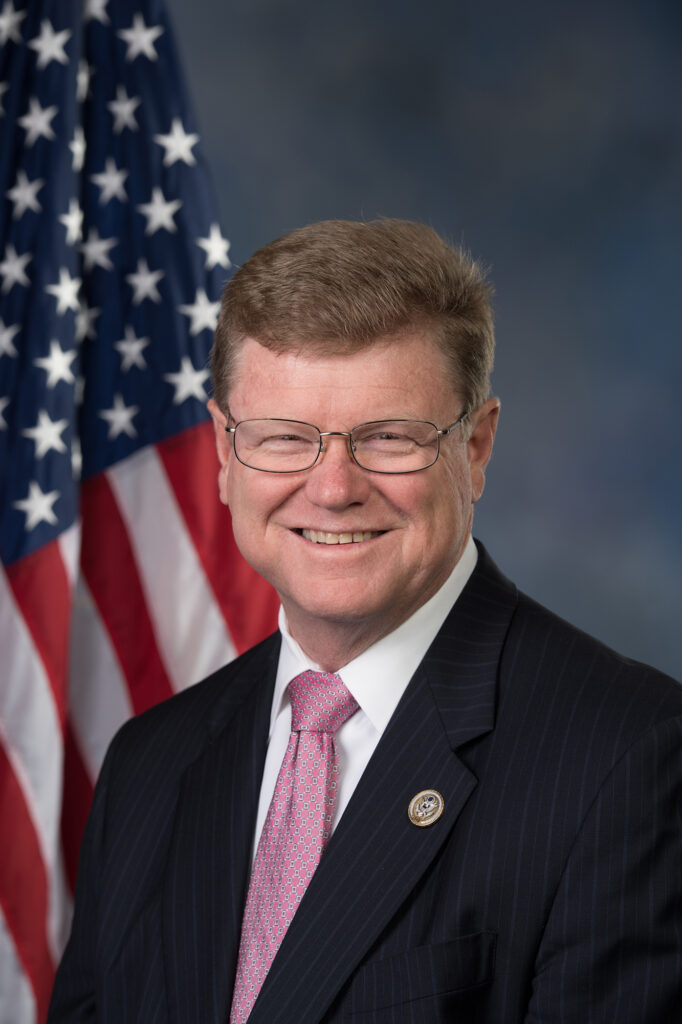By Samm Sharp & Clarissa Olson Posted November 13, 2018
The pundits predicted a variety of outcomes ranging from a blue wave to a red wave. What was the result of last week’s midterm election? Like everything, that probably depends on which side you are on.
President Trump chimed in with his assessment on Twitter.
“To any of the pundits or talking heads that do not give us proper credit for this great Midterm Election, just remember two words – FAKE NEWS!” said Trump via Twitter.
Government teacher Laura Mercado finds it difficult for her and her students to determine where the candidates stand.
“With all the negative campaigning, it’s hard to know what the people who were elected actually stand for,” said Mercado. “We know that they all think horribly of each other, but it was very difficult to know what they stood for. Even my government kids who went to some of their [campaigns] websites were like, ‘They don’t even say much here; they’re just bad-mouthing the others.’”
The US Senate race between Jacky Rosen and Dean Heller typified this. Rosen won the election 50.42%-45.38%. Nevada also elected its first Democratic governor since Bob Miller in 1999 as Steve Sisolak defeated Adam Laxalt.



It’s not exactly news when the party in power loses seats in the House in a midterm election. In fact, it occurs in most midterm elections, especially when the sitting president is not popular. It seems Americans like to have a split House and Senate.
Lowry High government teacher Rob Silva thinks the American electorate is evolving.
“Just kind of looking at the trends through the last few election cycles, Nevada, as a rural state, is changing,” said Silva. “The rural communities tend to vote more conservatively, and now that’s not the case in Nevada because we’re dominated by Washoe County and Clark County. We’ve got half the population living in Clark County, and about 20% in Washoe. So with those urban centers tending to vote more liberal, Nevada is, I think, forever changed. The days of Nevada being a conservative Republican state, I think, are gone, and I think this election is a testament to that.”
Was it a blue wave in the House, a red wave in the Senate, or something in between? If anything it was a female wave. The previous record for the number of women in the House was 84. As of election night, 96 had been elected, and it was likely to go over 100.
The results for both parties were bolstered by an unusually high voter turnout for a midterm election.
“Nevada usually has a really high percentage of voter turnout,” said Silva. “Especially in the midterm elections. Voter turnout percentages usually drop in the midterms, compared to the presidential elections. Nevada was about 62 or 63%, Humboldt County was over 70%, and so again, the rural counties vote at a higher percentage more often than the urban centers. It was a really good turnout considering it was a midterm election. We’re a lot higher than the national average, which bounces around 30% during the midterm elections and 50% during presidential elections. Nevadans, in a large part, have a real desire to be part of the political process, but we’re still talking about 70% rather than 100% of registered voters, which would be great because then you would get a sense of what the people really want.”
There were many firsts, such as:
- The first female Native Americans were elected to Congress in Kansas (Sharice Davids) and New Mexico (Deb Haaland).
- Rashida Tlaib will be the first Muslim woman to serve in Congress.
- Colorado elected the first openly gay governor, Jared Polis.
- The first female senators were in Tennessee and in Arizona.
- Texas will send its first Hispanic woman to Congress.
- Kristi Noem will be South Dakota’s first female governor.
Locally, Question 1 was defeated 3,264 to 2,225. The measure would have authorized an additional one-quarter of one percent of sales tax to be used for recreational programs and facilities.
Although it seems that the sides rarely agree on anything, Social Studies teacher Kristin Flanders believes there is hope for cooperation.
“The Senate will likely help to further the President’s agenda with the Republicans controlling that,” said Flanders. “Because the House is now headed by the Democrats, it will make it more challenging to press forward on certain issues. I think it will be a more bipartisan government, and the people will work together instead of working separately.”





